The opening shot of a movie is one of the most significant – second, perhaps, only to the closing shot – because the opening shot is the first thing the audience sees. It’s what gives them their first impressions of the story and its world, so it has to grip the viewer immediately.
Martin Scorsese, possibly the greatest living director, always opens his movies with a memorable shot. Pretty much every single one of Scorsese’s shots is carefully considered and meticulously crafted, so he doesn’t slack off when it comes to the very first one featured in a film. So, here are Martin Scorsese’s 10 Best Opening Shots, Ranked.
10 Casino
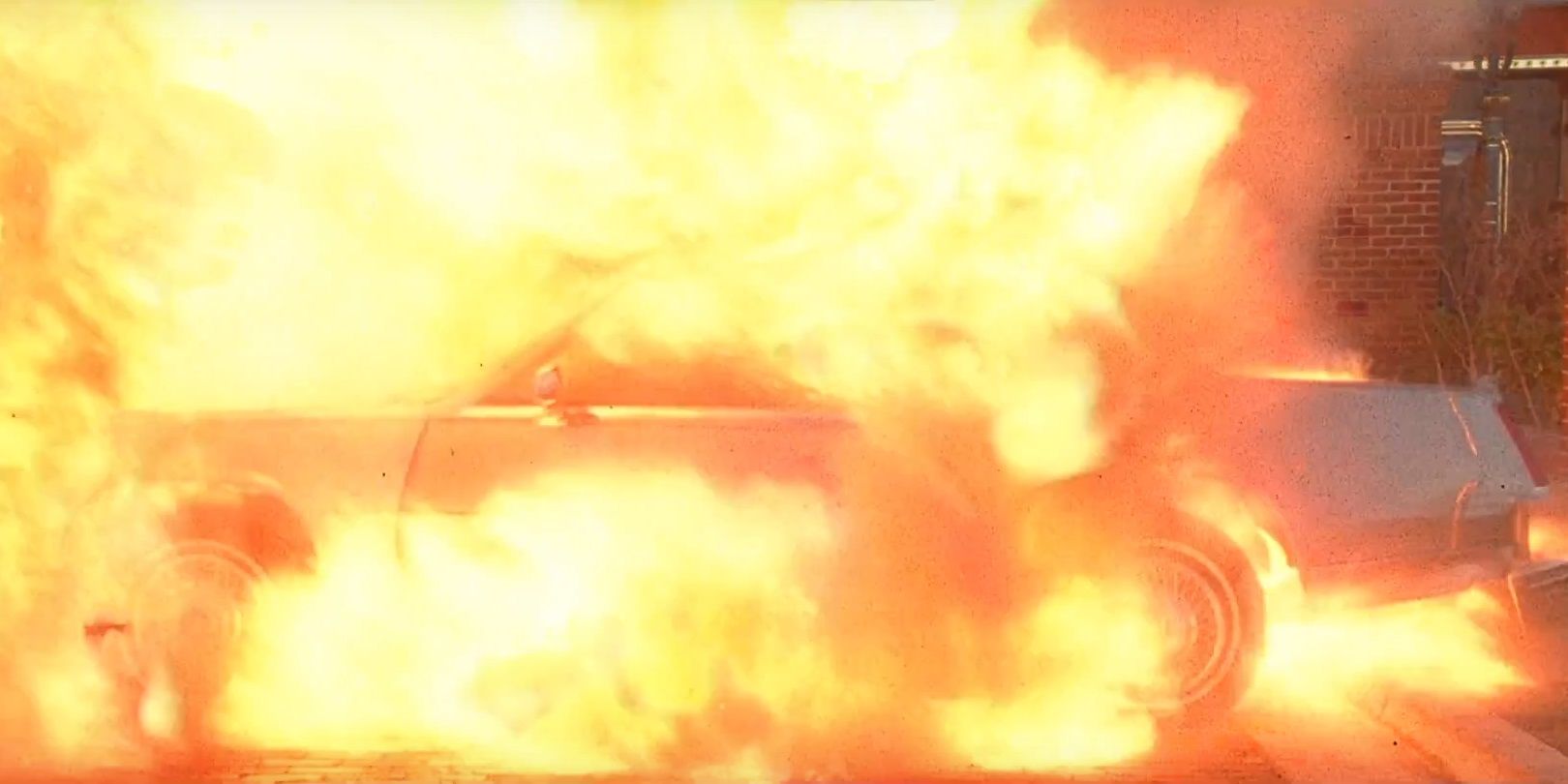
Although it’s often dismissed for being too similar to Goodfellas – it’s another nonlinear gangster biopic starring Robert De Niro, Joe Pesci, and a bunch of oldies hits from Scorsese’s record collection – there’s a lot to love in Casino. It opens with Sam “Ace” Rothstein (played by De Niro, based on real-life criminal figure Frank “Lefty” Rosenthal) exiting a casino on a calm, quiet day, just like any other.
The camera tracks him to his car. He gets into the driver’s seat, closes the door, turns his key in the ignition, and the car goes up in flames in an instant, shoving us into the opening titles.
9 The Wolf of Wall Street
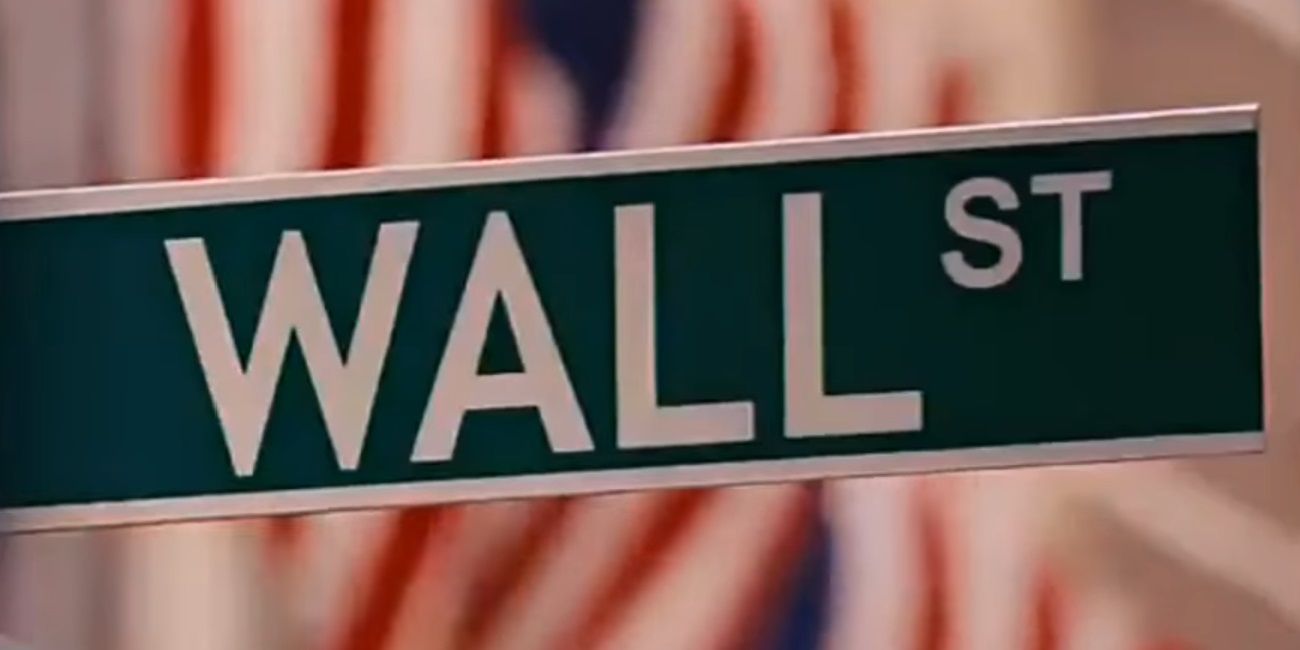
Unconventionally, Martin Scorsese opened The Wolf of Wall Street – his three-hour behemoth chronicling the rise and fall of criminal stockbroker Jordan Belfort – with a TV commercial for Stratton Oakmont, Inc., Belfort’s over-the-counter brokerage house. The crux of the commercial features a lion (supposedly the lion from the company’s logo) roaming around an office floor as a few busy employees get on with their day.
But the very first shot of the commercial shows the Wall Street sign with American flags behind it, out of focus, introducing this as the place – and, more importantly, the business – that made Belfort’s crimes possible.
8 Mean Streets
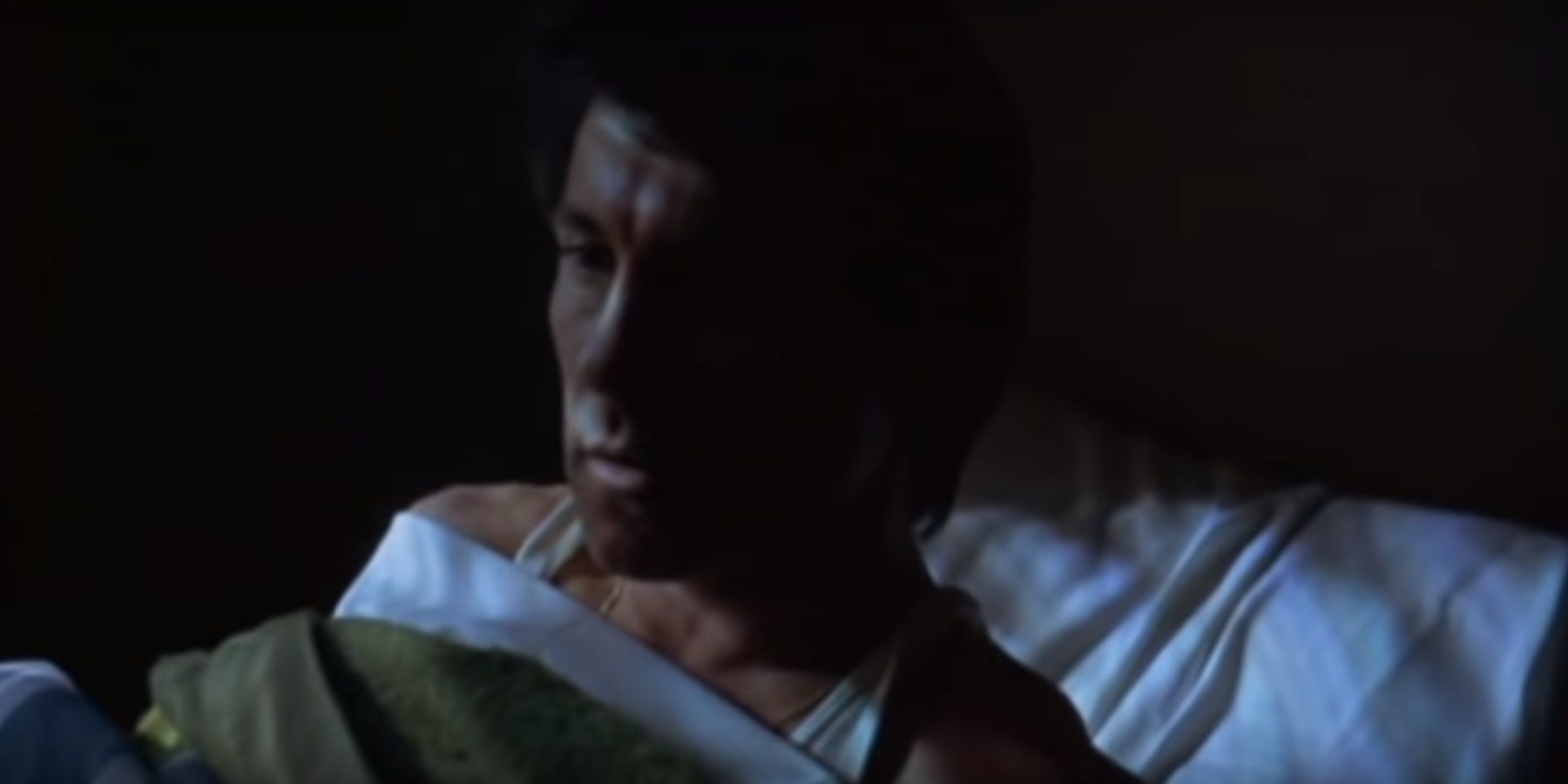
The first Scorsese movie to really feel like a Scorsese movie, Mean Streets is a fast-paced snapshot of a life of crime in New York’s Little Italy neighborhood. This is where Scorsese grew up, and it feels like a lot of the moments in the movie were inspired by true events. Mean Streets doesn’t necessarily have a plot; it’s more character-focused.
So, it’s fitting that the movie opens with a closeup of the lead character, Charlie, played by Harvey Keitel. The movie cuts from black on Charlie, lying in bed, as he wakes with a start. Mean Streets begins as abruptly as Charlie’s morning, and it doesn’t slow down. It maintains that pace for the rest of the runtime.
7 Shutter Island
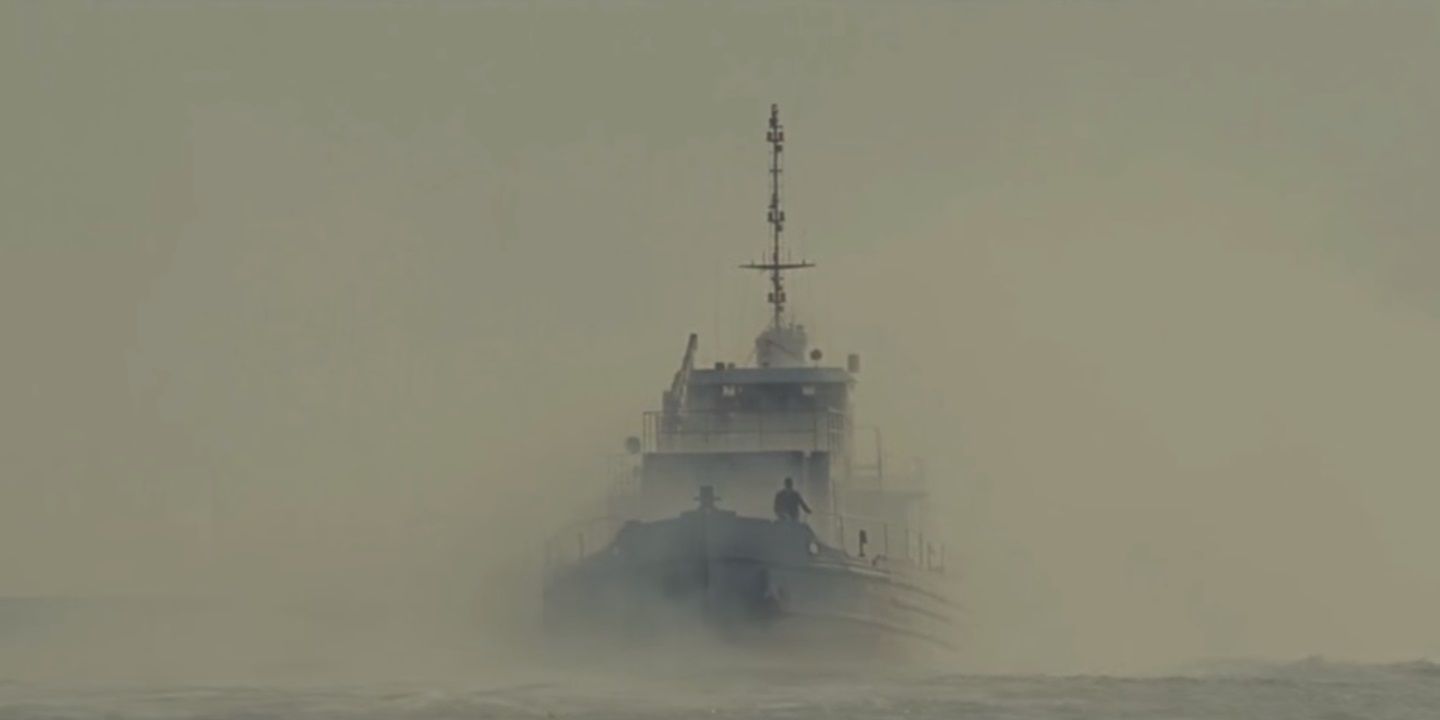
Scorsese’s movies always delve into the psychology of their characters to see what makes them tick, but he’s only made one full-on psychological horror movie, and that’s Shutter Island. Leonardo DiCaprio plays Teddy Daniels, a U.S. Marshal who is brought to an asylum on a remote island to investigate the mysterious disappearance of a patient – or so he thinks.
The movie opens with Teddy arriving on the island, as his boat charges through thick fog. The wall of fog that fills the frame symbolically represents Teddy’s mental state. He can’t see anything clearly, he doesn’t really know what’s going on, and he doesn’t know what his psyche is hiding from him.
6 The Irishman
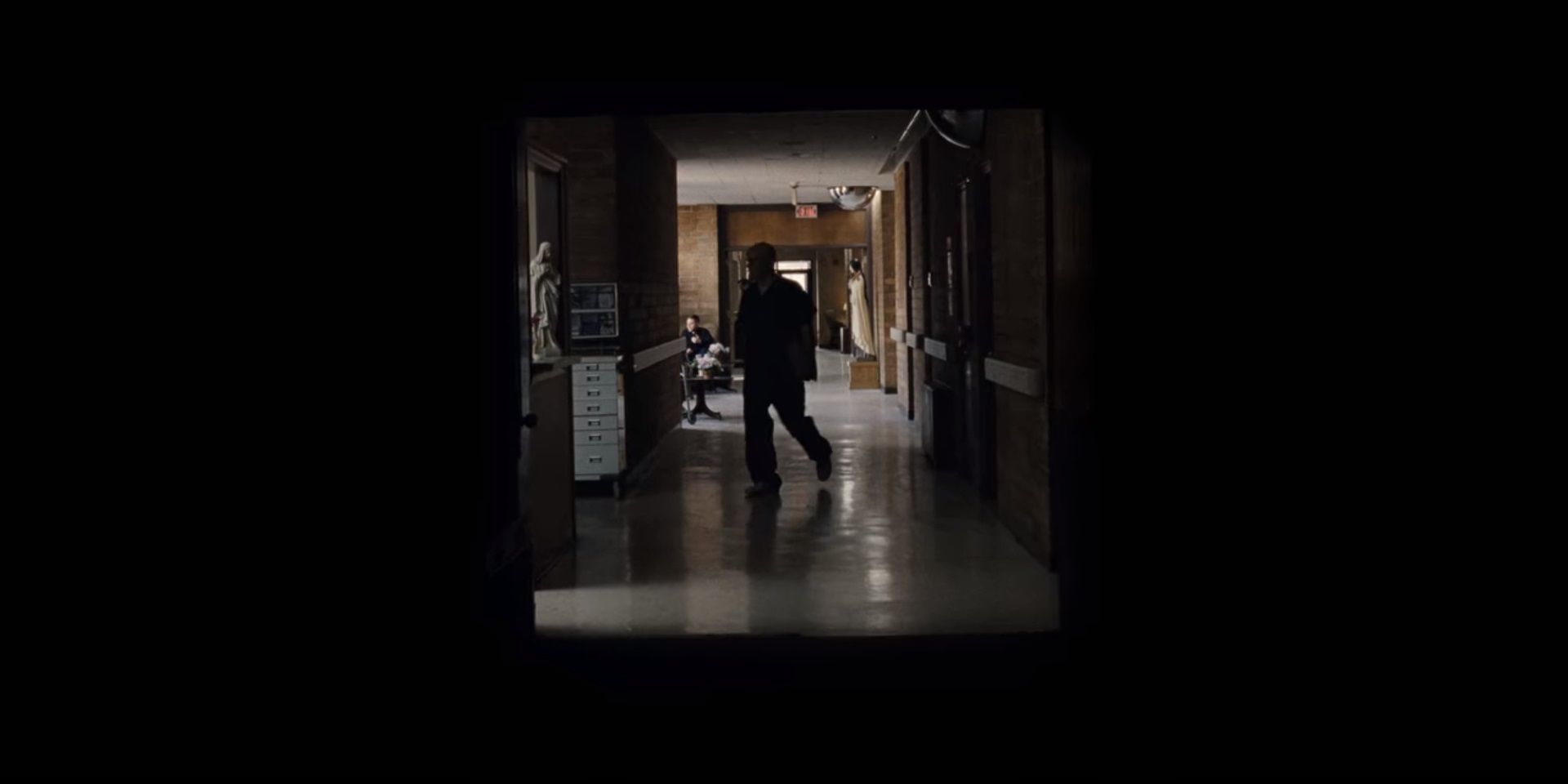
Netflix’s new Scorsese release, The Irishman, is certainly a long movie. But that shouldn’t put off viewers, because the acting is compelling, the story is relatively well-paced (for a movie that’s three-and-a-half hours long), and it’s one of the director’s most impeccably crafted films to date. The film opens with a long tracking shot – one of Scorsese’s hallmarks – through a bleak, depressing nursing home.
The camera lingers on patients and staff members; any one of them could be the focus. And then, the camera settles on Frank Sheeran, at the tail end of his life, introducing him as “just another patient,” not as “the possible killer of Jimmy Hoffa” (emphasis on “possible”).
5 Hugo
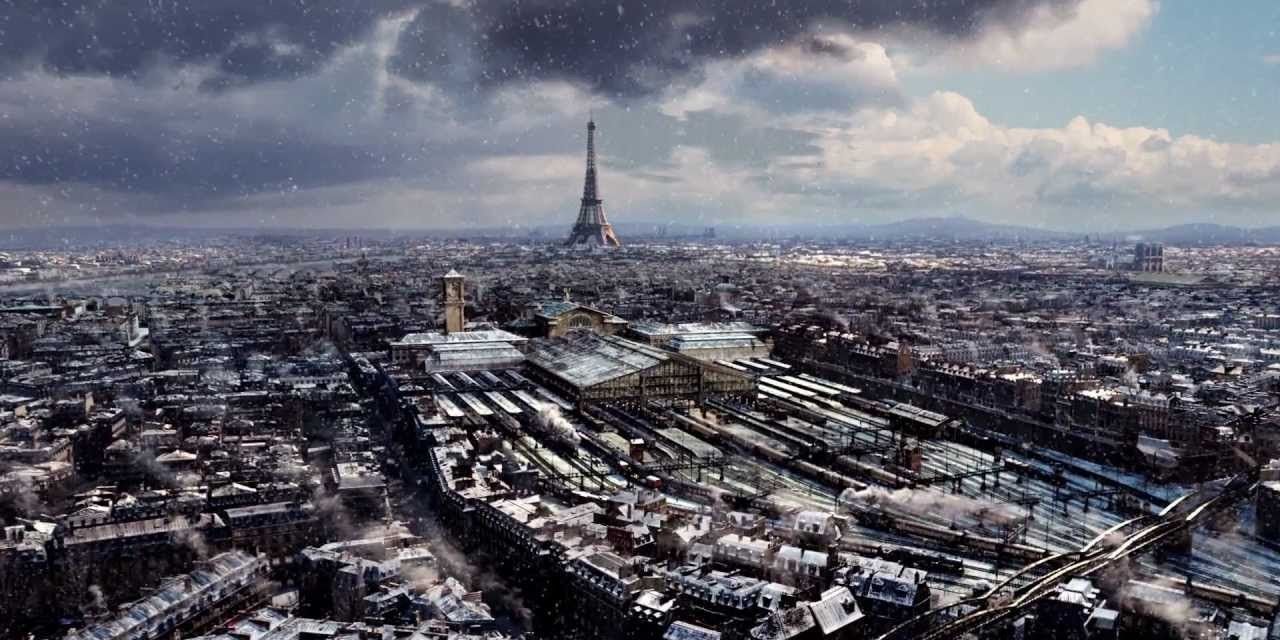
Underrated as a family-friendly spectacle, Hugo is one of Martin Scorsese’s few CG-driven movies. It opens with a sweeping tracking shot that starts off in the Parisian skyline as it’s sprinkled with a light snowfall. Then, the camera swoops down past landmarks like the Eiffel Tower on its way to the railway station where a lot of the movie is set.
The camera pulls through the crowds of passengers at a breakneck pace, with Scorsese fitting in little character moments with unnamed extras at every opportunity. Eventually, the camera settles on the “4” on the station’s giant clock, where the titular Hugo lives.
4 Goodfellas
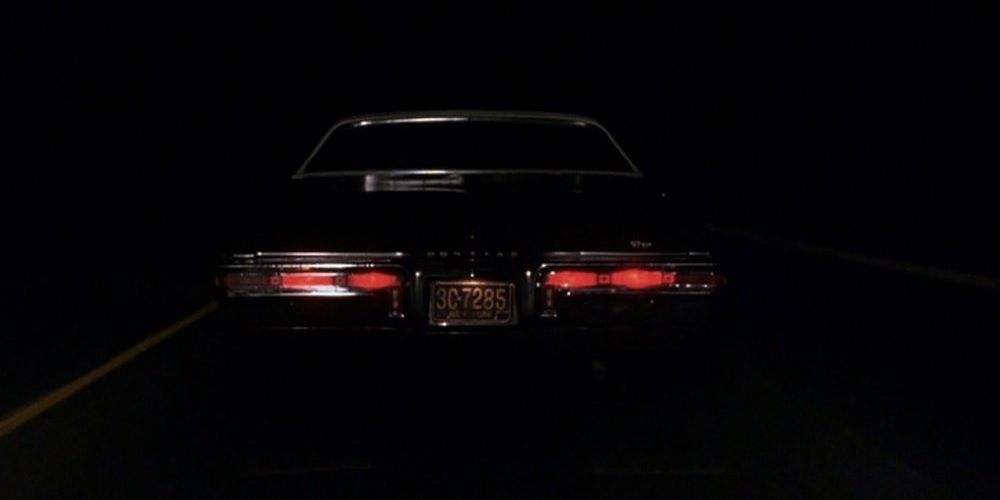
Martin Scorsese’s 1990 gangster epic Goodfellas doesn’t start at the beginning. Instead, Scorsese starts the film in the middle, with the scene that shows the unglamorous low point of the mobster lifestyle, as Henry Hill, Jimmy Conway, and Tommy DeVito drive out into the country in the middle of the night to bury a made man they killed.
The opening shot tracks Henry’s car from behind, introducing the trunk as the most important element of this scene. With the glowing red lights illuminating the road, visually, this shot is super-slick. This is followed by a title-card that reads, “New York, 1970,” and instantly, we’re hooked.
3 Silence
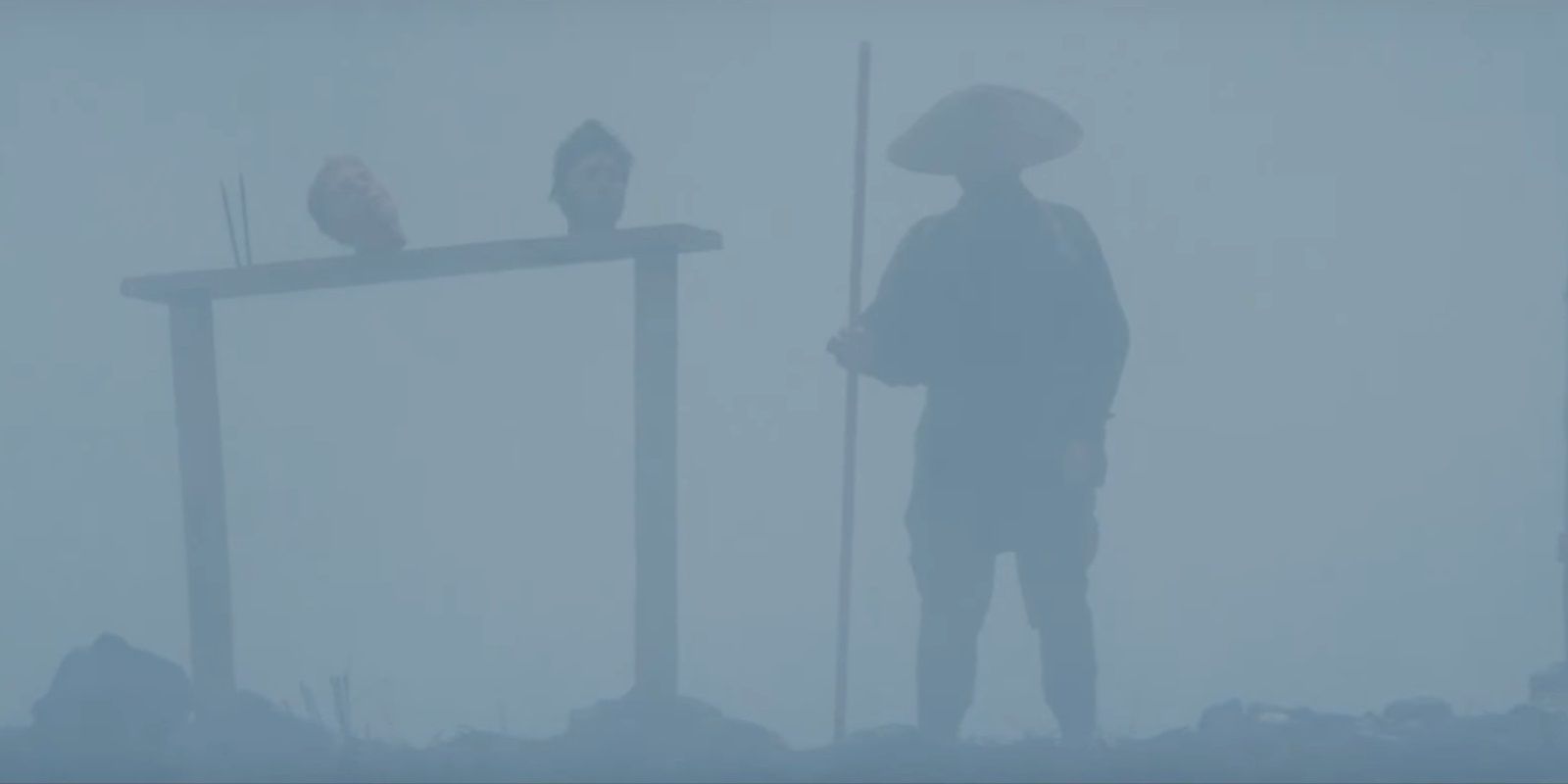
Silence is one of Martin Scorsese’s most underrated films, possibly because religious subject matter is a tough sell for mainstream audiences. There are no unbiased religious films, but Silence comes pretty close, especially since Scorsese personally holds very strong Catholic beliefs.
The film begins with a prologue in which Portuguese Jesuit priest Cristóvão Ferreira, played by Irish actor Liam Neeson, watches some Japanese converts he’s been trying to bring over to the Christian faith get tortured. It opens on a really ominous and unnerving shot of a man, shrouded by mist, standing next to two severed heads. It’s not easy viewing, but it is powerful.
2 Taxi Driver
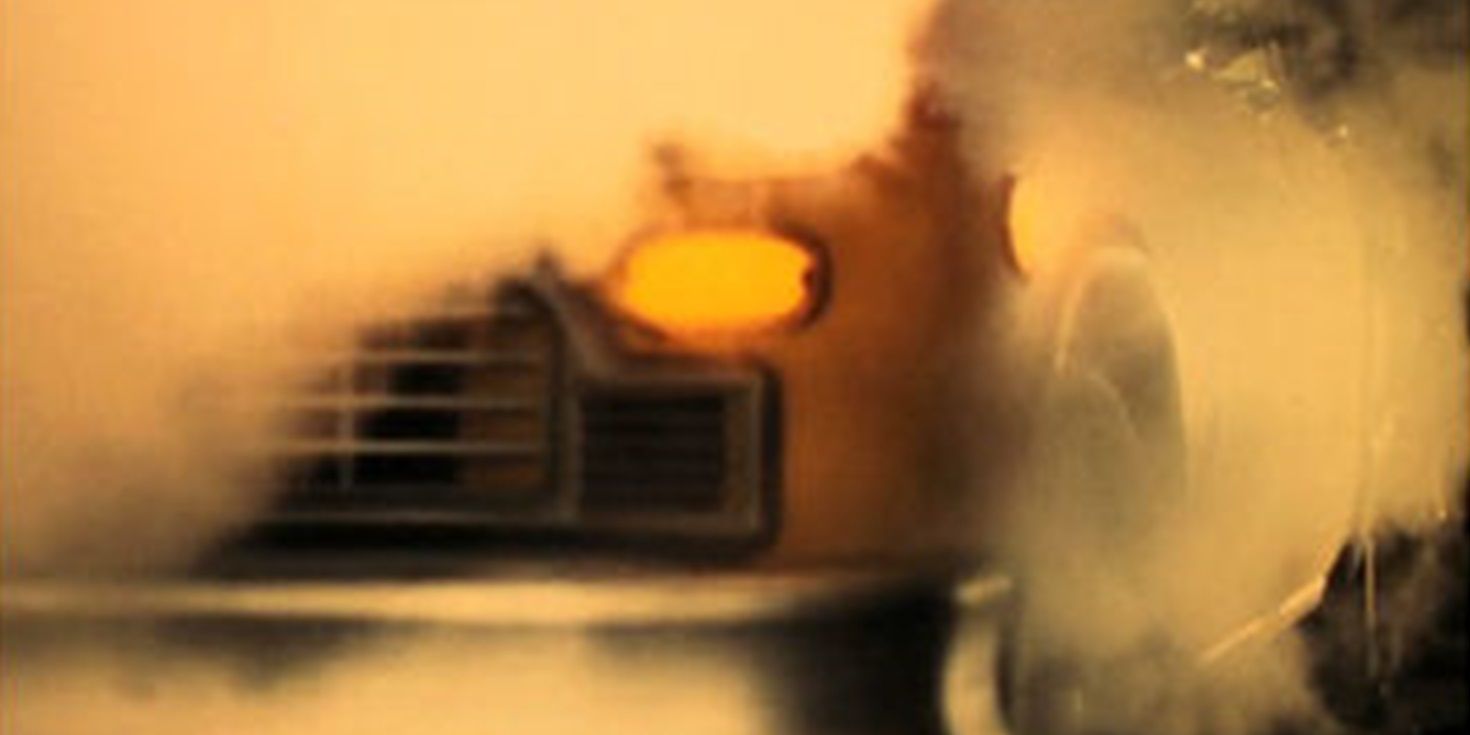
The setup of Taxi Driver, one of the greatest cinematic character studies of all time, is that Travis Bickle has returned from Vietnam and found that New York City, his home, has become a polluted, crime-ridden cesspool. He decided to become the rain that will wash the scum off the streets, and he takes up arms to dole out his own brand of vigilante justice.
It was so apt for Scorsese to open the movie with a shot of steam billowing out of a sewer and into the streets of New York. Travis’ taxi emerges from the steam in slow-motion. It’s a gritty, noir-ish moment that expertly sets up the movie.
1 Raging Bull
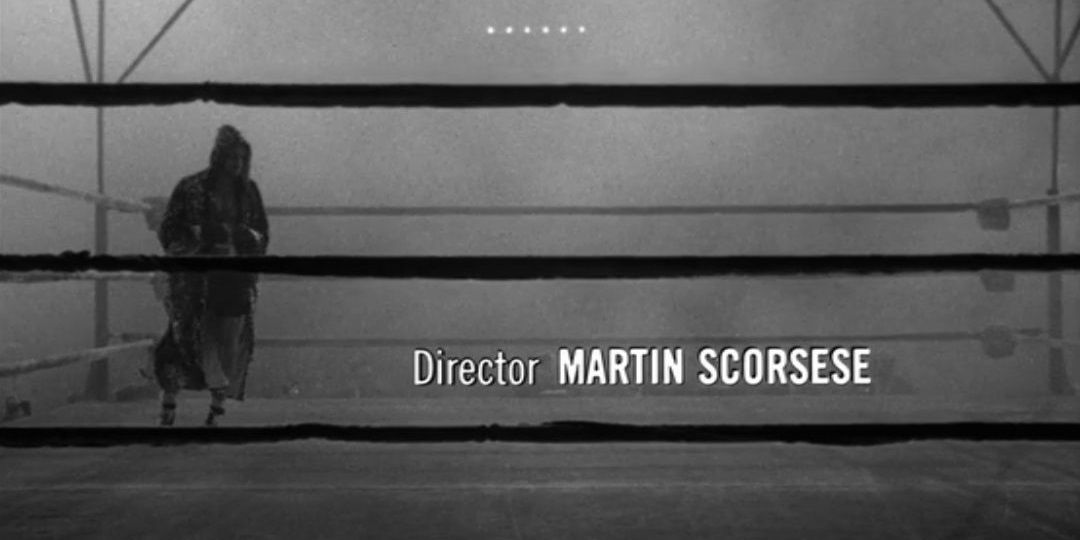
Martin Scorsese hates sports, which might be why Raging Bull – a beautifully tragic biopic based on the life of boxing legend Jake LaMotta – is arguably his finest film. The subject matter, boxing, didn’t interest him in the slightest, so he had to really push the boat out to make the boxing scenes visually exciting. And since the external conflict (again, boxing) didn’t cut it for Scorsese, he dug deep into LaMotta’s psychology to bring out his inner turmoil physically.
The film opens with a sumptuous shot of LaMotta, shadowboxing in the ring before a fight, shot in slow-motion. There’s no opponent in the ring with LaMotta yet, which establishes the movie’s thematic through line: Jake LaMotta is fighting himself.
from ScreenRant - Feed https://ift.tt/36JaSJU

0 comments:
Post a Comment